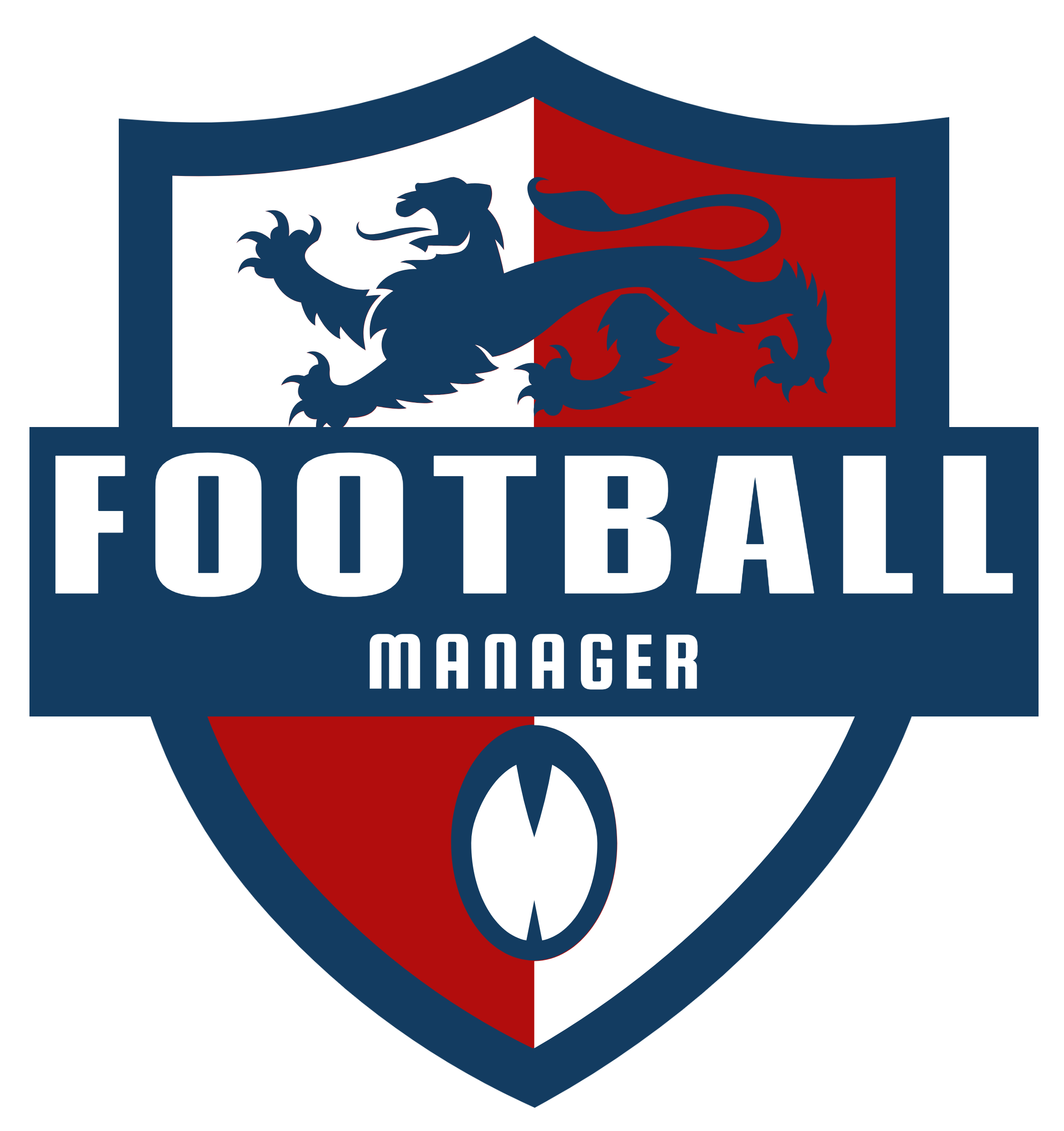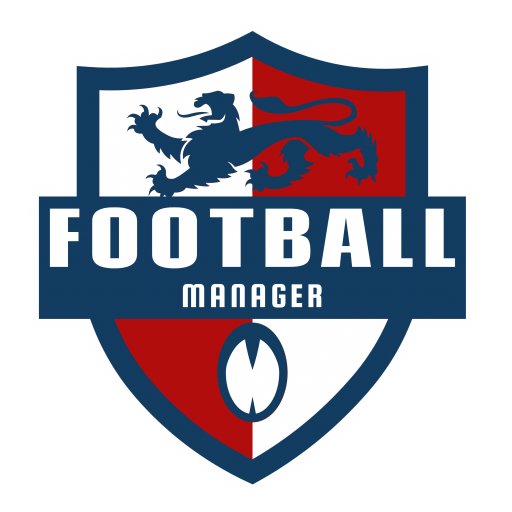Founded in 1879 by members of the Church on Star Road, West Kensington, Fulham is the oldest club in London. It was here that schoolboys kicked a ball at each other on rickety playing fields that founded the English club we all know today. Their first cup win was winning the West London Amateur Cup in 1887, and 12 months later, their name changed from the elongated Fulham St Andrews Church Sunday School Football Club to its shorter name, Fulham FC. In 1893, they went on to win the West London League on their first attempt, but the club remained in amateur competition for another 5 years. Fulham moved to the now famous Craven Cottage in 1896 and then completed their move to professional football and began playing in the Southern League in 1897. 1907,
Is Fulham the oldest football club?
Fulham’s first game in Division 2 was at home to Hull City; unfortunately, they lost 1-0. This was only a minor setback as they upped their game and position at the tables, finishing the opening season in a respectable 4th place. The club’s high hopes for promotion to Division 1 were soon dashed, and the awareness of spending the next few decades in Division 2 was bolstered with regular appearances. Fulham were relegated to Division 3 at the end of the 1927 season, officially known as the 3rd Division South. To some extent, Fulham’s skills and football gifts were more suited to this lower division, and it would require a fundamental change in the club to strive for a better state of affairs. Changing the club’s basics from top to bottom didn’t happen overnight. By spending three seasons in Division 3, Fulham learned an invaluable lesson in complacency and self-effacing. In the 1931/32 season, Fulham took the opportunity and were once again masters of their own destiny as they topped the tables with wins such as 10-2 against Torque United and an impressive 111 goals that season, which led to their promotion back to Division 2.
Fulham’s football gifts and renewed form continued into the following season as they worked their way up the table and successive promotion seemed likely, but with some good wins from Stoke City and Tottenham Hotspur, they were squeezed into 3rd place.
In 1949, as he entered the modern era of football, Fulham’s dreams and aspirations became reality when they got that promotion to Division 1. With this also came the responsibility of competing with experienced football clubs that had world-class players at their disposal. Fulham’s debut season in the top flight saw them struggle and poor performances were regular and almost became the norm for the club. The end of the season could not have come sooner and, miraculously, Fulham remained in 17th place in the standings. More of the same followed the following season, with the club again managing to avoid relegation. Inevitably, however, in the 1951/52 season, the end of the league table meant that, before then, Division 1 had expired for them. In the
years that followed, Fulham never really showed anything special until they found some form and gracefully reached the FA Cup semi-final in 1958. This gave them the confidence they so desperately needed. Another boost for the club came when they were promoted to the top of football. He looked more confident and donned the football gifts of Graham Leggat, who played 277 games for Fulham and skillfully scored 134 goals, putting him in the club’s top five goalscorers. They finished the season in a mediocre 10th place, which was their highest ranking in Division 1 at the time. During these periods, Craven Cottage was able to attract more than 30,000 people.
The 1950s brought other talent to the club. One player in particular is synonymous with Fulham Football Club and should be mentioned. John Norman Haynes, from London’s Kentish Town borough, was signed to the club when he was a schoolboy and is widely regarded by many as the club’s best player with unrivalled passing skills. He was also given the nicknames of “Mr. Fulham” and “The Maestro” and gained additional honours by making 52 caps for England, 22 as captain. Hayne’s dedication and loyalty to Fulham was total and he spent his entire professional football career with the club. He had a brief stint as a player for South African club Durban City, but this was after he retired as a professional.
In the mid-1970s, the club made some major signings with players such as Bobby Moore and Alan Mullery. This had an impact on performance, as the club reached their first FA Cup final against West Ham in 1975. Unfortunately for the club, West Ham scored two goals within five minutes of each other and the champions walked away 2-0. In the same period, the club made another Anglo-Scottish Cup final, but lost to Middlesbrough. George Best played 47 times for the club in the 1976/77 season.
However, in the 1979/80 season, Fulham hit rock bottom again, were relegated again, and manager Bobby Campbell was sacked. His successor, Malcolm Macdonald, has restructured the squad with new signings such as the football gifts from Gerry Peyton, Tony Gale, Ray Houghton and others, creating a stronger squad and winning promotion back to Division 2. Fulham were in fine form for the following season, but unfortunately, in Derby’s final game, Fulham lost successive promotion to Division 1. Unfortunately, Fulham’s debts crippled the club financially and the decision was made to sell a large number of quality players to keep the float to keep a sinking ship. With the team in tatters and a half-hearted squad, relegation is on Fulham’s heels. In 1986, they gave in to the inevitable and were back in Division 3.
What is the history of Craven Cottage?
In 1997 Fulham gave the club some financial security when businessman Mohamed Al-Fayed bought the club that summer, promising that Fulham would be at the top of football within five years. The first chapter of this was selecting Kevin Keegan as manager, who had been Chief Operating Officer for the club. That season, the momentum grew with Fulham winning game after game. They managed to get a great 101 points and, with that, promotion to Division 1. This was helped by the signing of Paul Peschisolido, West Brom’s top scorer and captain, Chris Coleman’s football gifts. The only obstacle placed in front of Fulham was the FA that Keegan offered the manager of England FC. A delighted Keegan took it.
Paul Bracewell took charge of the club, but not for long when Al-Fayed removed him in March 2000. French player Jean Amadou Tigana had 52 caps for France to his name and was given the chance to lead Fulham FC, doing so with great success. All the hard work had finally come to fruition and the disappointments of past relegations could now be put behind them. The opposition were swept away with a 10-point gap between them and the number two Blackburn Rovers, and for the first time since 1968, top football was theirs. Painfully sad for fans and players alike, and even more so for Chris Coleman himself, was the serious car accident he was involved in. There was great hope that he would make a full recovery to see him play for Fulham again, but this was not to be. The fantastic team that Tigana had strengthened were unable to maintain their superb form in the Premiership. Even with a respectable 13th place in the tables, this was an anti-climax to what they expected. The following season, things intensified for the Frenchman with more unfavourable results, and his death came abruptly when they lost 4-0 at home to Blackburn Rovers.
Chris Coleman’s football gifts returned to Fulham, this time not as captain but as manager towards the end of the 2002 season, thrilling many at the club and fans alike. Under his reign, the club finished with an all-time record of 9th place the following season. Coleman saw his side have some tough games in the 2005/06 season, but this delivered great results at the expense of big clubs like Chelsea; they were defeated 1-0 and then Liverpool got a taste of the Fulham boys as the shocked Scouse club ended the game with nothing but two goals. However, Coleman’s on-field talents were not quite the same off the field, and with a series of bad luck, his services were no longer needed in the 2007 season.
Three days after Christmas 2007, Roy Hodgson was announced as Fulham’s new football manager. Hodgson made some immediate signings in the January transfer window.
Some of these included Liverpool striker Jari Litmanen, Norwegian footballer Brede Hangeland, and some of the fan favourites such as Brian McBride and Jimmy Bullard. Fulham were still shaky at times, and at times they clung to the glory of playing in the Premiership with their teeth.
Fulham are a club that have always had to fight hard for their place in the Premiership, as have a number of other clubs besides them. With players getting more expensive and new records in transfers always being broken, it only makes those tough decisions harder to compete with the big money clubs like Manchester United and Chelsea.
The 2009/10 season still recognises Fulham as a Premiership football club, and rightly so.

